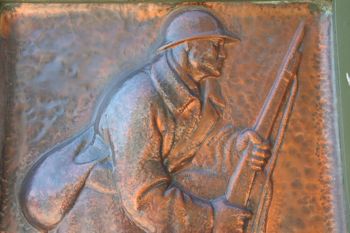With Jane Mann
Gustave Violet was born in Thuir in 1876.
His father and uncle had made their fortune by inventing the aperitif Byrrh, but, rather than following in his father’s footsteps, young Gustave chose instead to train in Paris to become an artist, sculptor and architect.
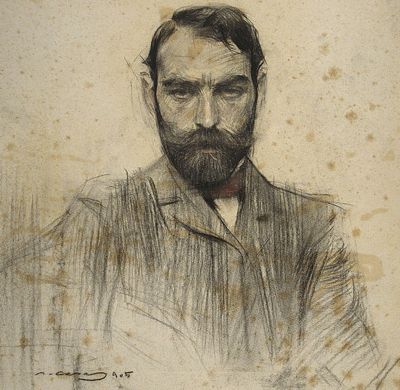
By the start of the 20th century he was an active member of both the Paris and the Roussillon art scene.
A gentle and cultured man, he was a good friend of both local and visiting artists, musicians, writers and collectors, familiar with Picasso and the Céret crowd and becoming sought after both as an architect and sculptor.
 His artistic life was brought to an abrupt halt by the outbreak of war in 1914.
His artistic life was brought to an abrupt halt by the outbreak of war in 1914.
Within the first couple of months, his greatest friend, the writer, Louis Codet was killed.
Violet’s six year old son never forgot seeing his father’s uncontrollable tears on being told of Codet’s death.
Violet himself was mobilised in 1915 and returned in 1918, totally traumatised by the horrors of war and weighing a scant fifty eight kilos.
He was profoundly scarred, both physically and mentally, and, when the towns of Perpignan, Thuir, Prades, Claira, Collioure, Estagel and St Laurent de Cerdans commissioned him to sculpt their War Memorials, the monuments he created were, in reality, anti-war memorials.

Following the death of Rodin in 1917, Violet’s friend, Aristide Maillol of Banyuls sur Mer, was becoming recognised as the greatest living French sculptor of his generation.
He too was invited to sculpt War Memorials. In common with Violet he had no wish to glorify war.
They both refused to put victorious warriors on the monuments, preferring instead to evoke the fate of the women left at home, waiting for news of husbands, brothers, friends at the front, women whose sons and lovers would never return.
We will start in Perpignan, at the Palais de Congrès.
Violet’s magnificent War Memorial shows off the full panoply of his artistic skills as an architect, a ceramicist, a sculptor and an artist.

For the sculpture he chose hard and rugged stones saying “our race has never been aristocratic, it is the fruit of our soil, of the plain and the rocks biting into the sea.It shows the character of our vignerons, our shepherds and our fishermen…”
From the massive monument, a wander down the Allée Maillol passes several Maillol statues.
Not to be missed is his La Mediterranée in the courtyard of the Hotel de Ville or his Venus in the Place de la Loge.

Violet’s homage to the French Socialist leader, Jean Jaurès near the FNAC is interesting in that it could also be a monument to his own socialist principles. (Antimilitarist Jaurès had been assassinated at the outbreak of the War and remains to this day one of the main historical figures of the French Left.)
Leaving Perpignan, head towards Elne where, high on the old town ramparts is a gentle Maillol war memorial and also a bust of his friend, the local artist, Etienne Terrus.
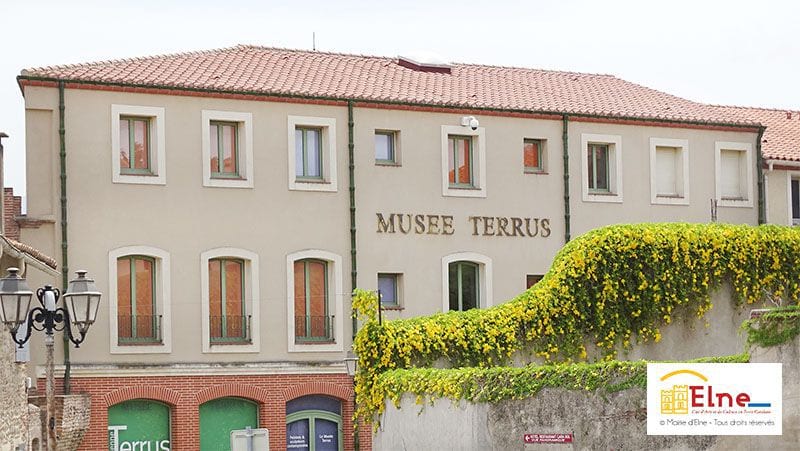
Set into the ramparts of the Cami de la Réal, where the Wednesday market is held, is a large terracotta bas relief by Violet depicting many of the scenes of everyday agricultural Catalan life he so enjoyed sculpting.
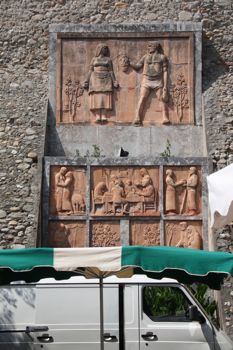
A side trip to the cemetery of Ortaffa reveals Violet’s statue of a tragic couple, grief stricken at the loss of their young soldier son who failed to return from the 14-18 war.
The neighbouring graves bear out the extent of the tragedy.
His Collioure Monument is adorned by one sad girl, a flower in her hand, standing over the list of those who fell.

In Port Vendres it is Maillol’s reclining goddess who gazes out over the harbour.

It is in his home town of Banyuls sur Mer that Maillol, describing his war memorial, said “….I have added the sad sentiment of war as I feel it. I would have preferred a song of joy but it is the sense of sadness I have had to leave on this Banyuls rock, that I have linked to the sun, this sea and the beautiful countryside surrounding this spot.”
It takes the form of a triptych. The centre panel is one of his rare male figures. The striking and tragic naked soldier captures the essence of a man giving his life for his country.

Almost like a Christ on the Cross, it exudes a universal sadness emphasised by the female figures on the two side panels. Mothers and wives, the older and younger women, mourning their lost menfolk.
More of his work can be seen in the Musée Maillol, well signposted 3 km outside the town, set in the beautiful valley that leads to Spain via the Col de Banyuls.
Céret is an essential stopping place. Maillol’s War Memorial,“La Douleur,” and Violet’s Monument to the Canal d’Arrosage are both typical of the two sculptors’ work.
Maillol was unhappy with the plinth, saying it needed to be lowered by twenty centimetres to arrive at the angle he intended for the figure’s chin.
Unfortunately and to Maillol’s fury, it was actually raised by twenty centimeters. It was not altered again.
Further up the Vallespir, Violet is responsible for the St Laurent de Cerdans monument integrated into the wall of the Chapelle de la Sort.

In Thuir a suitably dramatic and moving Violet memorial dominates the gateway to the cemetery of the town of his birth. The bas relief sculptures portray to a heartrending degree both the sorrow of the women and the stoicism blended with despair of the soldiers. (While in Thuir you might like to visit the Byrrh factory at the same time and admire the Gustave Eiffel station roof and the largest oak barrel in the world…)
The construction of the monument to the Entente Cordiale of 1904 in Vernet les Bains was delayed for a good eight years.
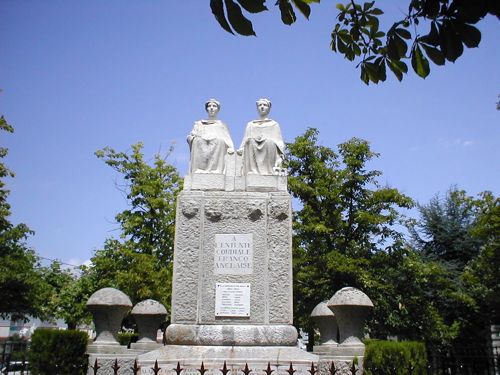
The idea was conceived in 1912, the sculptor was to be Gustave Violet and among the patrons were Lord Roberts and General Joffre. The model Violet proposed was approved in 1913 but it was well into August 1920 before the giant granite blocks were hauled up from the valley by oxen and the heroic stone mason could begin working fourteen hour days in blazing summer sun.
Local children watched, fascinated as the final iron railings were sealed in place in holes filled with molten lead.
There are further Violet war memorials in Prades, Estagel, Tautavel and Claira, all with similar themes.

